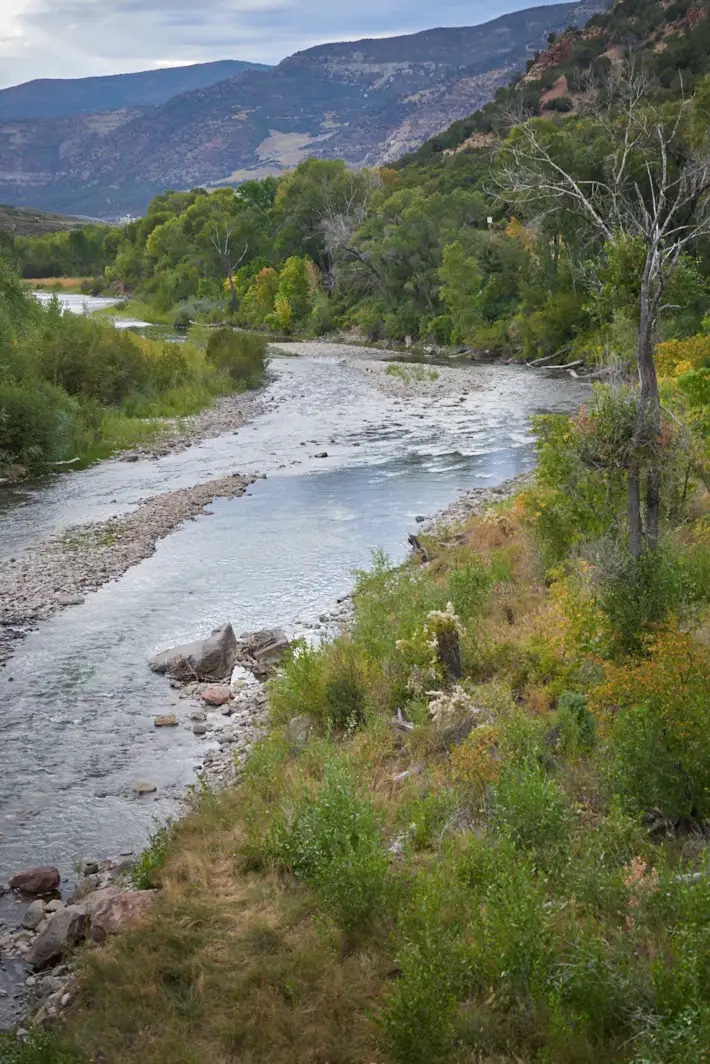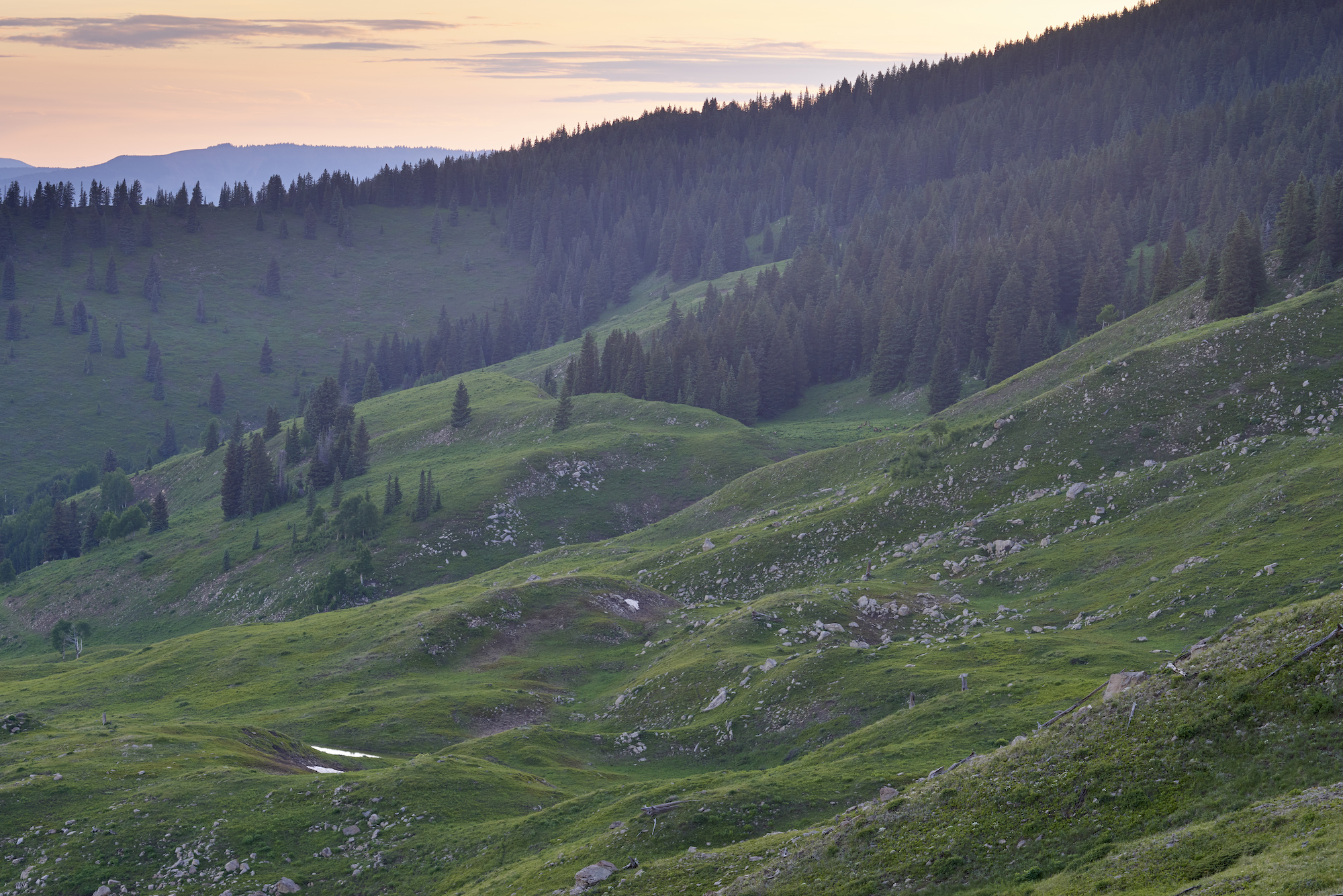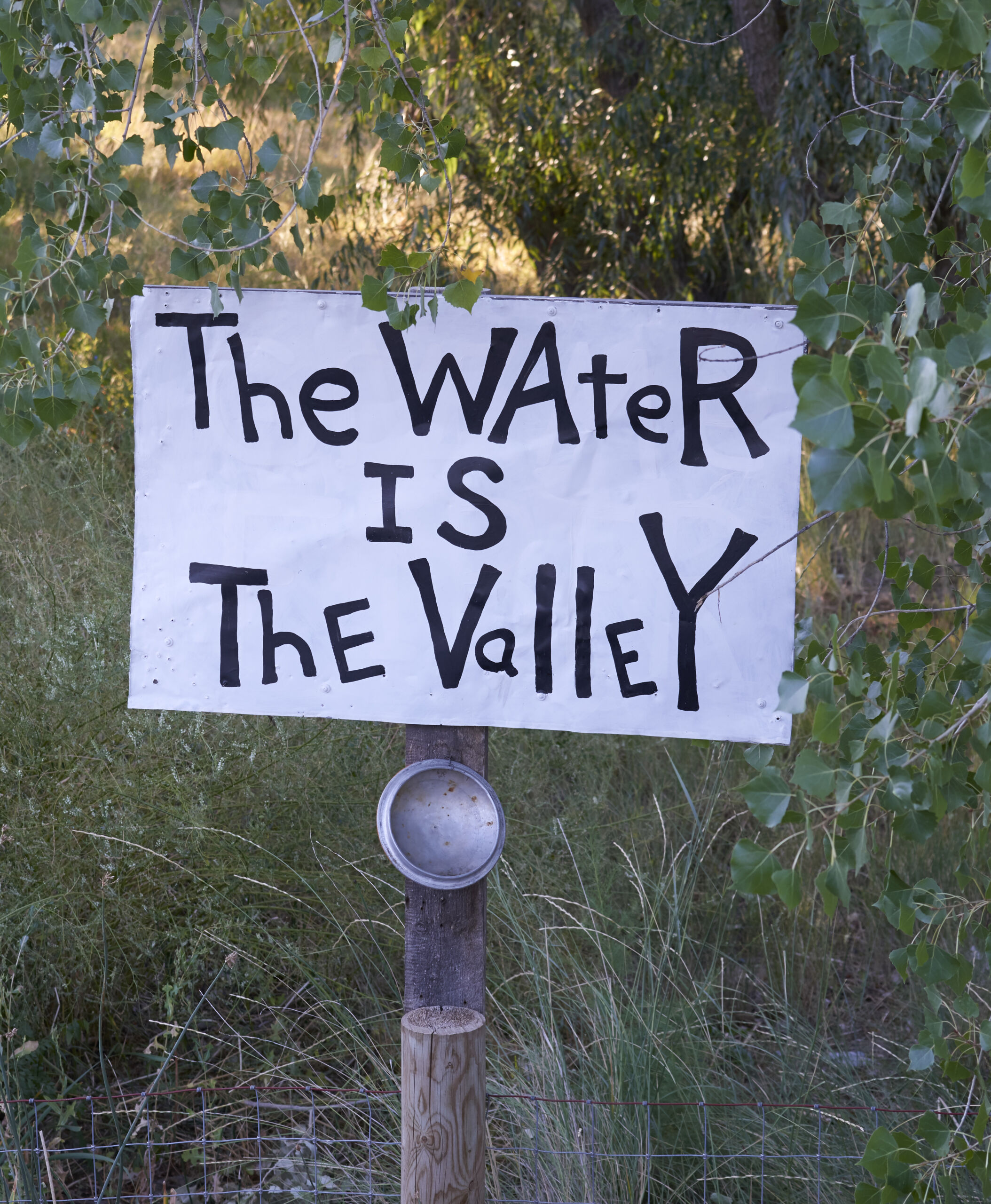Surrounded by public lands the North Fork Valley is unlike anywhere else in Colorado and even the world.
It contains the largest concentration of organic, sustainable growers in the state and is home to the West Elk American Viticultural Area, one of the highest wine-growing regions in the world. Though wildlife, agriculture, and the local economy depend on intact and thriving ecosystems on these public lands, substantial threats – primarily from oil and gas development – remain. The southern portions of the Thompson Divide overlap with the large roadless areas in the upper portion of the North Fork Valley providing incredible wildlife habitat across vast swaths of aspen forests. In addition to the projects highlighted below, WW and our conservation partners are working to hold the West Elk Coal Mine – Colorado’s largest remaining coal mine – accountable and are part of the Keep the North Fork Fruitful Coalition.
Want to learn more about our work in the North Fork Valley? Reach out to Advocacy Director Erin Riccio.
Stopping the North Fork Mancos Master Development Plan
In 2021, we sued the BLM over the North Fork Mancos Master Development Plan, which would have allowed 35 new fracking wells in the North Fork Valley and Thompson Divide. Thanks to our lawsuit, in May 2022 a federal judge stopped this plan that would have allowed fracking across 35,000 acres of Colorado’s Western Slope that provide habitat for elk, black bear, and the imperiled Canada lynx, and drinking water for downstream communities. The judge’s decision stemmed from a 2021 lawsuit by conservation and climate groups challenging federal agencies for failing to analyze potential water and climate pollution, or plan alternatives that would prevent such harm. The plan would have caused about 52 million tons of greenhouse gas pollution, equivalent to the annual pollution from a dozen coal-fired power plants.
“In this case, BLM acknowledged deficiencies in its analysis. Based on the court’s ruling, the agency must start over if they’re going to approve fossil fuel development in the area. This will give BLM a chance to reconsider whether this is the right decision in the first place, and to contemplate alternatives that don’t destroy the headwaters of the North Fork, pristine roadless areas and our climate.” – Peter Hart, Legal Director

The North Fork of the Gunnison River. Photo courtesy Jon Mullen/Ecostock.
Advocating for protected areas in the Gunnison National Forest
We’re advocating for new land and water protections as part of the currently underway Gunnison Forest Plan Revision. A Forest Plan sets the overall management direction and guidance for a national forest; it guides management activities at a large, forest-wide scale, providing direction regarding the types of uses that may take place within each part of the forest. Generally revised every 20 years, Forest Plans are important conservation tools and provide the opportunity to ensure wildlife habitat, ecological values, and clean water are prioritized over extractive uses.

Huntsman Mountain, Thompson Divide. Photo courtesy Jon Mullen/Ecostock.
Our proposal – for recommended wildernesses and special management areas in places like Huntsman Ridge, Clear Fork Divide, and Pilot Knob – would protect over 130,000 acres of important wildlife habitat, water resources, and wilderness quality land while shielding these special areas from logging and fossil fuel leasing.
Creating balance in the Uncompahgre Field Office Resource Management Plan
During the Trump administration, the Bureau of Land Management (BLM) approved a Resource Management Plan for the field office, opening up 95% of public lands to oil and gas leasing, including the entire North Fork Valley. We sued and in 2022, the BLM agreed to settle and draft another plan. Our legal settlement stipulates that in the new plan the BLM will evaluate reducing the amount of land open to oil and gas leasing, and increase or add protections for wildlife habitat, Lands with Wilderness Characteristics, and Areas of Critical Environmental Concern. Done correctly the new plan should result in less oil and gas development and more protections for public lands critical to local wildlife and the source of water for some of our states most productive and valuable farmland.

Sign in Paonia, Colorado. Photo courtesy Jon Mullen/Ecostock.

